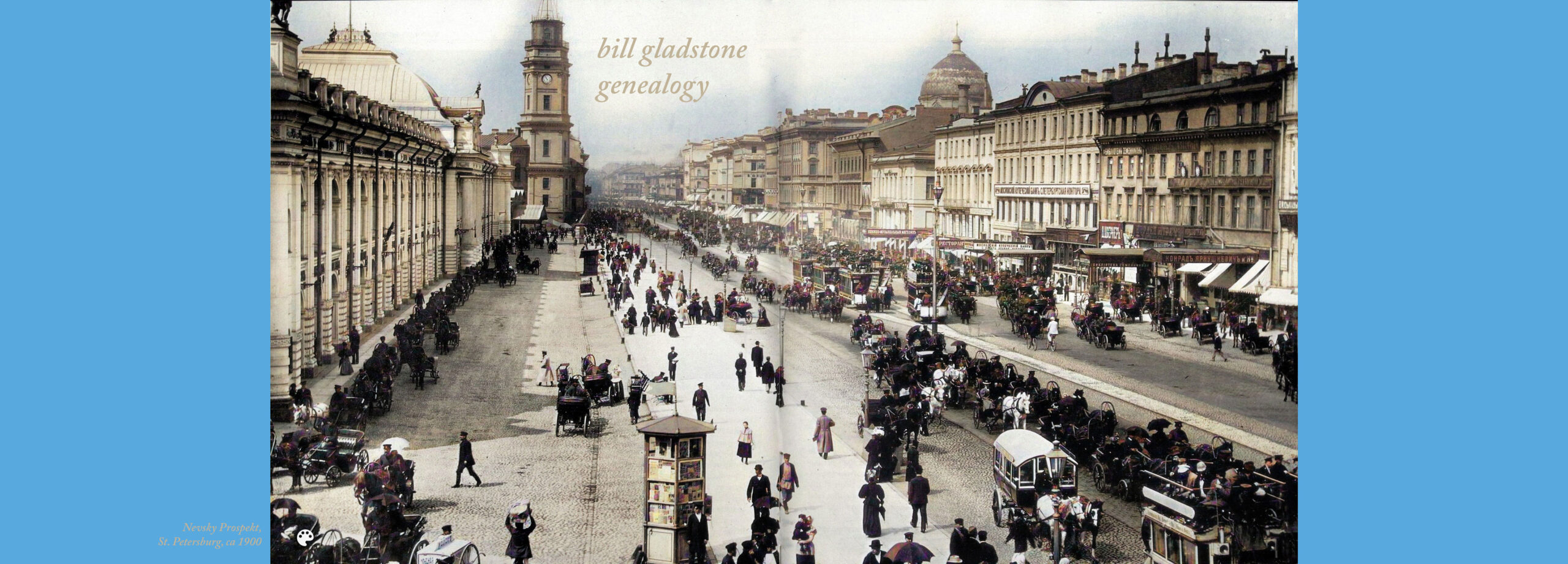 The phrase “court Jew” is sometimes facetiously used today to describe the powerful underling of a major political or business leader, who acts obsequiously and with excessive discretion because he is Jewish.
The phrase “court Jew” is sometimes facetiously used today to describe the powerful underling of a major political or business leader, who acts obsequiously and with excessive discretion because he is Jewish.
If the original Hofjuden or Court Jews of 17th- and 18th-century Europe were sometimes embarrassed by their Hebraic blood, it was because they entirely lacked the civil rights that we take for granted. Jews back then were excluded from many professions and guilds, and barred from many cities; in places that permitted them, it was usually under the burden of heavy taxes and expensive letters of protection.
After the Thirty Years War, princes and regents of the German, Austrian and other principalities across Europe found they could revitalize their war-depleted treasuries by striking bold alliances with select Jewish businessmen who had vast international trading networks and ready access to Jewish credit at their disposal.
The Court Jews were suppliers of essential munitions and provisions to armies engaged in battle: one of the most famous of the breed, Samuel Oppenheimer — known as the Judenkaiser, or “Jewish emperor” — was instrumental in saving Vienna during the Turkish siege of 1683.
Purveyors of commercial goods, bankers, financial agents and even minters of state currency, the Court Jews became inveigled into political affairs and court intrigues, and were sometimes sent as diplomatic couriers on secret missions.
As historian Selma Stern points out in her classic 1950 work The Court Jew, these powerful historical figures often interceded politically as so-called shtadlanim (intercessors) to gain rights and privileges for the Jewish community. She calls the Court Jew was “the first fully recognizable personality to emerge in modern Jewish history.”
Stern presents colourful profiles of such characters as Oppenheimer, his nephew Samson Wertheimer, Moses Benjamin Wulff and Jud Suess. She points out that, like the rabbinical families of Europe, many Hofjuden families intermarried and formed dynasties. For instance, Oppenheimer’s son Wolf married a daughter of Leffman Behrens, Court Jew of Hanover, whose cousin, Behrend Lehmann, was Court Jew of Halberstadt.
A uniquely valuable source of information is the 17th-century diary of Glueckel of Hameln, whose husband Haim Hameln was a business partner to his cousin, Jost Liebmann of Hamburg. Haim’s sister married Leffman Behrens, and Glueckel’s sister married Mordecai Gumpel of Cleves, Court Jew of Brandenburg and father of Elias Cleve Gomperz, founder of a powerful banking house.
Numerous descendants of Court Jews, including the Rothschilds, became mighty financiers, and some would play pivotal roles in the rise of industrialism and the railways.
As Stern shows, many Court Jews met with a tragic demise, none more spectacularly than Joseph Suess Oppenheimer of Wuertemberg, popularly known as Jud Suess. Having abandoned Judaism for decades, he returned to it at the end of his life. It was as a Jew that he was imprisoned on trumped-up charges of high treason and hanged in 1737.
The fortunes of many Court Jews were wiped out after their deaths, Stern reports. Jost Liebmann’s widow, Esther, for example, made claims on the state treasury for monies it owed her husband, and was unjustly compelled to renounce these claims and forfeit another huge sum as penalty.
“The tragic fate . . . which befell many of the Court Jews and plunged them into poverty and despair was caused not by any fault of their own, but by the chaos of the period in which they lived,” Stern concludes.
Her book, which was originally published in 1950, brings the era of the Court Jew back to life so vividly that it has rarely been out of print. ♦
© 2011






